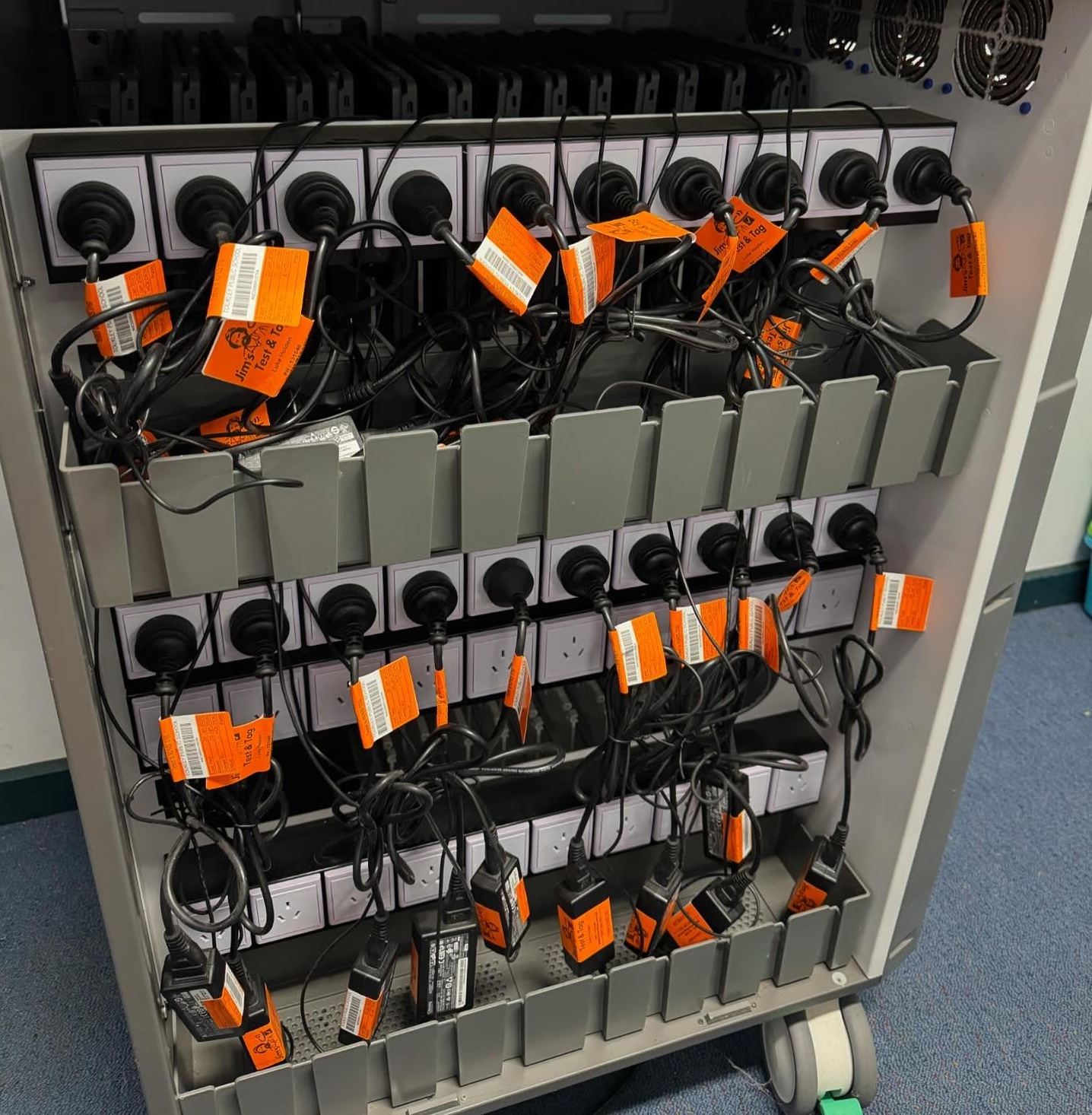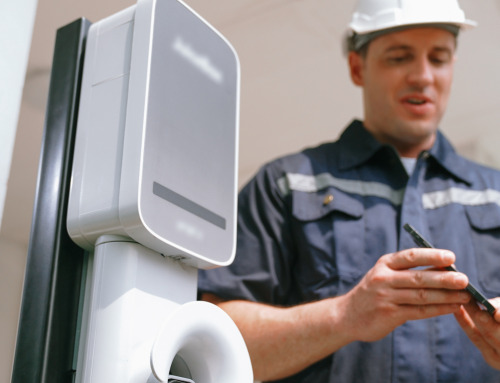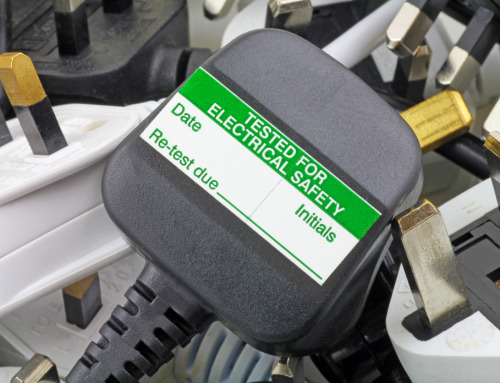In any business, electrical safety is not something to leave to chance. From office breakrooms to busy warehouses, electrical appliances are part of daily operations and they need to be safe to use. That’s where portable appliance testing comes in. But how do you set up a test and tag schedule that works for your business?
This guide walks you through the steps of planning and maintaining a testing routine that keeps your workplace compliant, safe, and running smoothly.
Why Regular Testing Matters
Electrical appliances can deteriorate over time, especially in high-use or demanding environments. Damaged or faulty equipment increases the risk of electric shock, fires, and costly downtime. A proactive test and tag schedule gives you the peace of mind that your workplace is meeting its legal obligations and protecting everyone inside.
Testing isn’t just about ticking boxes; it’s a commitment to safety and responsibility. With regular checks, you can:
- Prevent workplace accidents and injuries
- Catch faults early before they become dangerous
- Maintain compliance with New Zealand safety standards
- Avoid penalties or insurance issues related to non-compliance
Identify the Equipment That Needs Testing
To begin, you’ll need to identify all the electrical equipment that requires testing. This usually includes:
- Power tools and machinery
- Computers, printers, and monitors
- Kitchen appliances like microwaves and kettles
- Extension leads and power boards
As a general rule, any item with a plug that can be moved while connected to electricity is considered a portable appliance. Keeping a clear asset register is essential. It lets you track testing dates and keep a record of each item’s status.
Decide on the Right Testing Frequency
How often should you schedule portable appliance testing? The answer depends on your work environment and how each appliance is used.
- High-risk areas like construction sites require more frequent testing, sometimes every three months.
- Office settings may only need testing every 12 to 24 months.
- Workshops or industrial spaces often fall somewhere in between.
The safest approach is to consult with a qualified technician. They can assess your environment and recommend testing intervals that align with safety regulations.
Build a Reliable Testing Schedule
Once you understand what needs testing and how often, it’s time to put a schedule in place. Here’s how to get started:
- Mark testing dates: Use a calendar or digital system to log when each item is due. Tag colours can also help track cycles.
- Keep records: Document all test results and tag details in one place — these may be required for audits or incident reviews.
- Delegate coordination: Assign someone in your team to manage appointments with your test and tag provider.
- Set automated reminders: These help prevent overdue checks and ensure no equipment is missed.
Having a routine system ensures nothing falls through the cracks — and saves you from scrambling during inspections or emergencies.
How Jim’s Test & Tag Can Help Your New Zealand Business
A well-planned test and tag schedule is a smart step toward a safer, more professional workplace. With proper planning and the right support, you can stay ahead of electrical hazards and focus on running your business.
Testing should always be done by a trained professional. A qualified test and tag technician has the knowledge and tools to assess appliances thoroughly and apply correct tagging. Fortunately for you, Jim’s Test and Tag does the following to support your business:
- Reminder Service – Never miss a test again. We notify you in advance when your electrical appliances are due for retesting, ensuring continued compliance.
- Data Management Service – We maintain detailed records of all PAT results, allowing you to track compliance and testing history effortlessly. Our documentation is invaluable for audits and inspections.
- Repairing Faulty Items – If any of your appliances fail an inspection, we can either repair them or work with trusted partners to ensure they meet safety standards quickly.
- Safe Work Method Statements (SWMS) – We conduct thorough risk assessments and provide SWMS outlining the steps we take to minimize hazards, ensuring your employees and customers remain safe.
If you’re not sure how to get started or want to make sure everything’s up to standard, Jim’s Test and Tag NZ is here to help. Let’s create a schedule that fits your needs and more.
Call us today at 0800 454 654 to learn more about our services or request a free quote via our online form.







